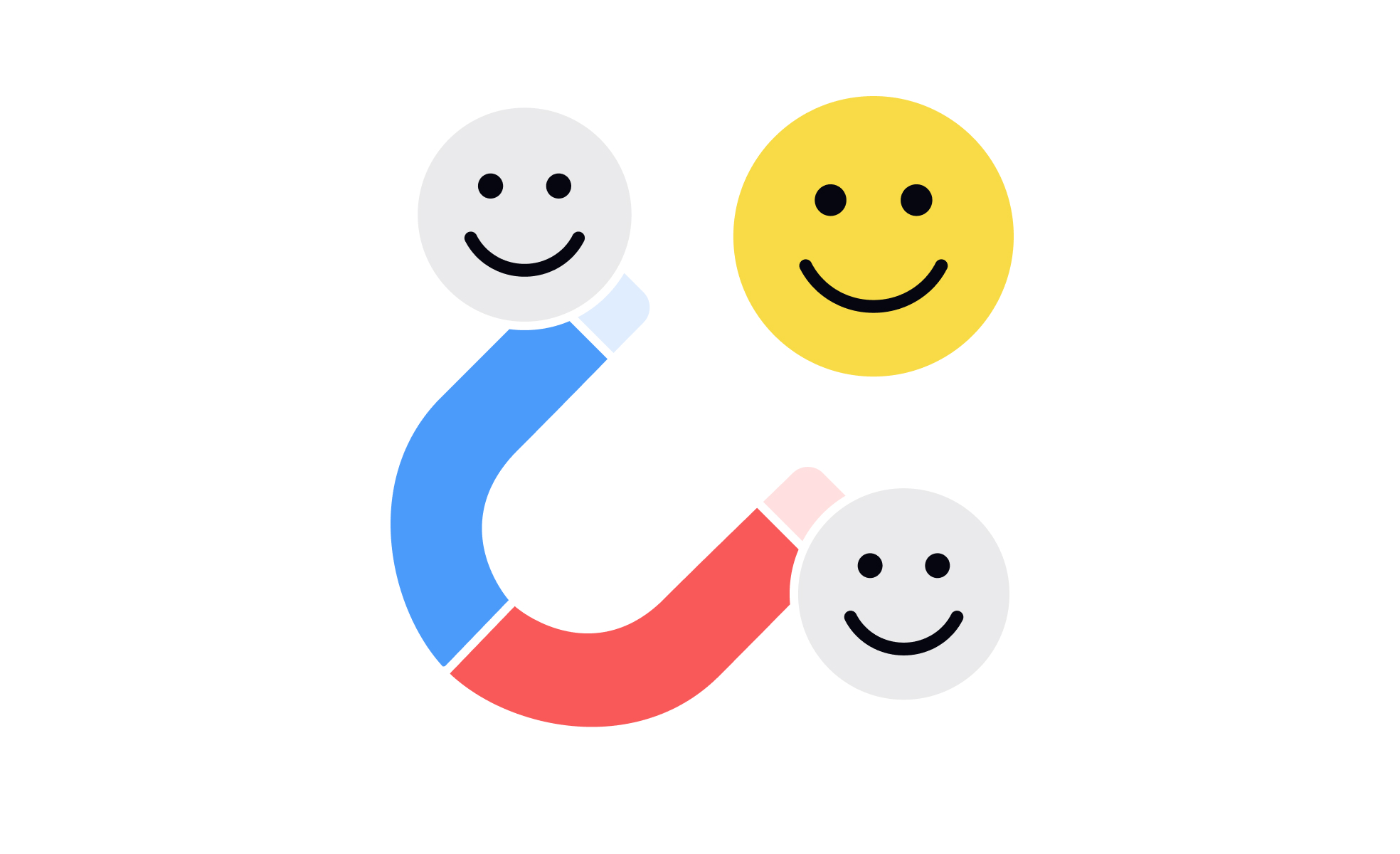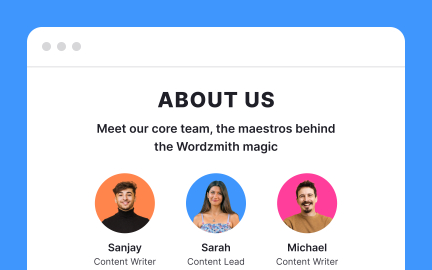Customer Retention
Retention tracks how many users continue using a product over time, helping teams measure long-term engagement, loyalty, and product value.

What is Retention?
Your business struggles with unsustainable growth because customers leave too quickly to justify acquisition costs, creating expensive customer replacement cycles that prevent profitable scaling and competitive advantage development through loyal customer relationships.
Most companies focus on customer acquisition without systematic strategies for keeping customers engaged and satisfied over time, missing opportunities to build sustainable business models through customer loyalty that reduces acquisition dependence and increases lifetime value.
Retention is the strategic process of keeping customers actively engaged and satisfied with your product over time through continuous value delivery, user experience optimization, and customer success initiatives that prevent churn while increasing usage and loyalty.
Companies with strong retention strategies achieve 50% lower customer acquisition costs, 60% higher lifetime customer value, and significantly improved profitability because business growth builds on retained customer relationships rather than constant customer replacement.
Think about how successful subscription services like Spotify retain users through personalized recommendations and playlist curation that increase engagement, or how SaaS companies use customer success programs to ensure users achieve business outcomes that justify continued investment.
Why Retention Matters for Business Sustainability
Your customer acquisition investments don't generate sustainable returns because customers leave before creating adequate lifetime value, leading to expensive growth that requires constant new customer acquisition without building valuable customer relationships.
The cost of poor retention compounds through every lost customer who could have generated ongoing revenue and referrals. You waste acquisition spending on customers who don't stay, miss opportunities for expansion revenue, and lose competitive advantage when customer relationships don't create sustainable business moats.
What effective retention strategies deliver:
Lower customer acquisition costs and improved unit economics because retained customers reduce acquisition dependence while generating predictable revenue that supports sustainable business growth and improved profitability margins.
When retention is optimized, business growth becomes capital-efficient rather than requiring constant investment in customer replacement that might not generate proportional returns on marketing and sales spending.
Higher customer lifetime value and expansion opportunities through retained customers who increase usage, upgrade subscriptions, and purchase additional products rather than just maintaining basic service levels without growth potential.
Enhanced competitive positioning and market defense because loyal customers are less likely to switch to competitors and more likely to recommend products, creating organic growth and competitive barriers through customer advocacy.
More predictable revenue and business planning as retention enables accurate forecasting based on customer base evolution rather than uncertain growth that depends entirely on acquisition performance and market conditions.
Stronger product development feedback and improvement guidance through retained customers who provide ongoing insights about product evolution and enhancement opportunities that serve long-term user needs and satisfaction.
Advanced Retention Strategies
Predictive Retention Analytics and Early Warning Systems: Use advanced analytics to identify churn risk before customers disengage rather than reactive retention efforts that might not prevent departure decisions.
Segmented Retention Programs and Personalized Customer Success: Create retention strategies for different customer types and usage patterns rather than generic retention that might not address diverse customer needs and satisfaction drivers.
Community-Driven Retention and User Engagement: Build customer communities and user networks that create retention through social connections and peer learning rather than just individual customer relationships.
Product-Led Retention and Usage Optimization: Design products that create natural retention through user habit formation and increasing value realization rather than just external retention programs without product integration.
Customer retention is important because it’s generally more cost-effective to keep existing customers than get new ones. Loyal customers spend more over time, refer others, and contribute to the overall growth and profitability of a business.
Good strategies include great customer service, personalized experiences, loyalty programs, personalized offers or discounts, collecting and acting on customer feedback, and creating a community around your brand. Regular communication helps keep customers engaged.
Customer retention is measured through metrics like customer retention rate which is the percentage of customers who continue to do business with a company over a given period and customer lifetime value (CLV) which is the total revenue a customer will bring during their relationship with the company.
Step 1: Analyze Customer Lifecycle and Identify Retention Risk Factors (Week 1)
Research customer behavior patterns that predict churn and understand when and why customers typically disengage rather than just measuring retention without understanding causation and intervention opportunities.
This creates retention foundation based on actual customer behavior rather than generic retention strategies that might not address specific churn drivers and engagement patterns in your customer base.
Step 2: Develop Customer Onboarding and Early Success Programs (Week 1-2)
Create systematic approaches to helping new customers achieve value quickly and establish usage habits that drive long-term engagement rather than hoping customers figure out product value independently.
Focus onboarding on customer success outcomes rather than just product feature education, ensuring early experiences demonstrate clear value that justifies continued investment and usage.
Step 3: Implement Customer Success and Engagement Monitoring (Week 2)
Build systems for tracking customer health metrics and proactively identifying customers at risk of churning before they disengage, enabling intervention while retention is still possible.
Balance comprehensive customer monitoring with practical intervention capability to ensure retention programs can actually help at-risk customers rather than just identifying problems without solutions.
Step 4: Create Value-Driven Retention and Expansion Programs (Week 2-3)
Design retention initiatives that increase customer value realization rather than just preventing departure, focusing on usage expansion and outcome achievement that strengthens customer relationships.
Step 5: Optimize Retention Through Continuous Customer Feedback and Product Improvement (Week 3)
Use retained customer insights to guide product development and experience optimization rather than just preventing churn without addressing underlying satisfaction drivers and product enhancement opportunities.
This ensures retention strategies generate sustainable competitive advantage rather than just customer stickiness that doesn't create genuine loyalty and long-term business value.
If retention efforts don't improve customer loyalty, examine whether programs address actual value creation rather than just churn prevention without focus on customer success and outcome achievement.
The Problem: Retention programs that focus on preventing churn rather than creating ongoing customer value and satisfaction that generates genuine loyalty and business relationship strength.
The Fix: Design retention around customer success and value creation rather than just churn prevention, ensuring retention efforts help customers achieve outcomes that justify continued investment and usage.
The Problem: Retention strategies that treat all customers equally rather than focusing on high-value customers who provide the most business impact and expansion opportunity potential.
The Fix: Prioritize retention based on customer lifetime value and business impact rather than trying to retain every customer equally, ensuring retention resources focus on relationships that generate maximum business value.
The Problem: Retention measurement that focuses on usage metrics rather than customer satisfaction and business outcomes that actually predict long-term loyalty and relationship sustainability.
The Fix: Measure retention through customer success indicators and business value creation rather than just activity metrics that might not reflect genuine satisfaction and loyalty.
Create retention approaches that build sustainable customer relationships rather than just preventing departure without creating genuine loyalty and long-term business value.
Recommended resources
Courses

Reducing User Churn

UX Research

Enhancing UX Workflow with AI
Lessons

Common Causes of Customer Churn

Segmentation and Churn Prevention Strategies







